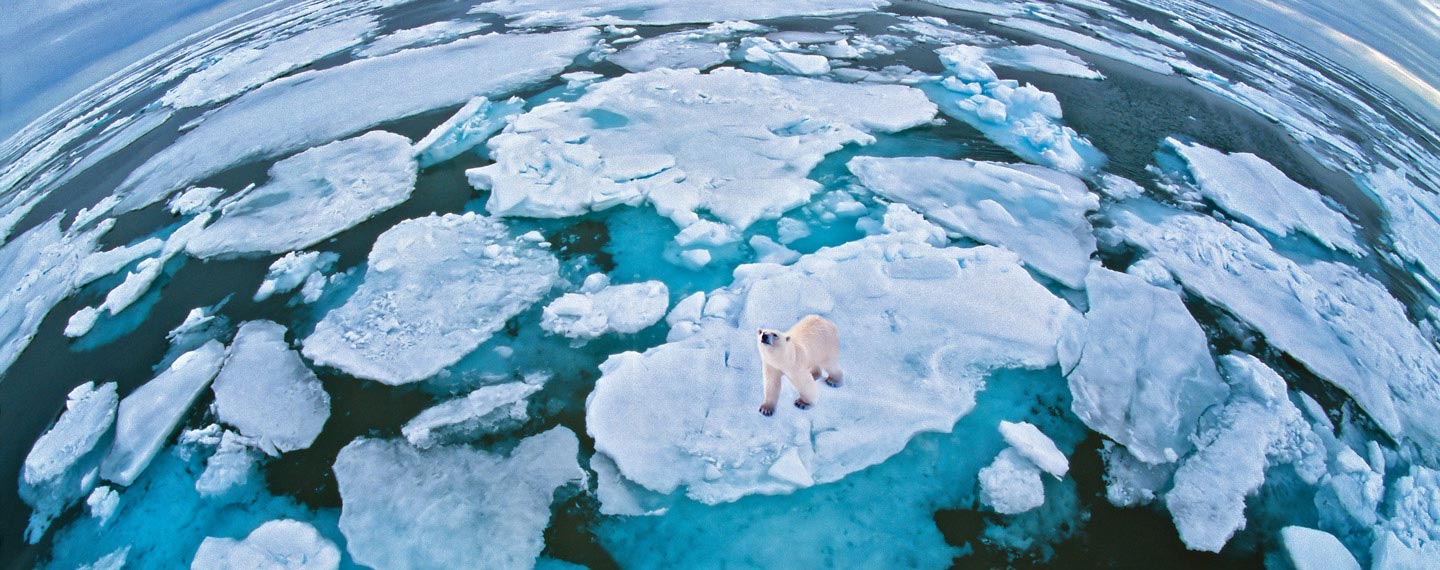Paul Dodd spent half of 2015 on an ice sheet floating at the top of the world. Dodd is an ocean scientist at the Norwegian Polar Institute. He was on an expedition to the Arctic Ocean aboard a ship called the Lance.
From January to June, the Lance was anchored to ice floes near the North Pole. That far north, the winter sun rarely rises above the horizon. Temperatures often dip below -30°C (-22°F). That’s colder than a freezer!
Most Arctic voyages set out in summer, when conditions are less harsh. The Lance made the first scientific expedition in winter in 100 years. Scientists from around the world studied the climate, wildlife, and ice in the region. “It’s important to know what’s going on year-round,” says Dodd.
Dodd wanted to study the Arctic because the ice there is disappearing. For much of this past year, ice covered less of the Arctic Ocean than ever before. Scientists aboard the Lance wanted to learn how these changes will affect wildlife in the Arctic—and climates all over the world.
Paul Dodd spent half of 2015 on an ice sheet. It was floating at the top of the world. Dodd is an ocean scientist. He works at the Norwegian Polar Institute. He traveled to the Arctic Ocean on a ship called the Lance.
The Lance sat among ice floes near the North Pole. The ship stayed there from January to June. The winter sun doesn’t rise high in the sky that far north. Temperatures often dip below -30°C (-22°F). That’s colder than a freezer!
Most ships visit the Arctic in summer. Weather is less harsh then. The Lance’s trip was special. It was the first scientific trip in winter in 100 years. Scientists studied the climate, wildlife, and ice in the region. “It’s important to know what’s going on year-round,” says Dodd.
Dodd wanted to study the Arctic because the ice there is melting. Ice covered less of the Arctic Ocean than ever before this past year. Scientists want to learn how these changes will affect life in the Arctic. The changes could also affect climates all over the world.

